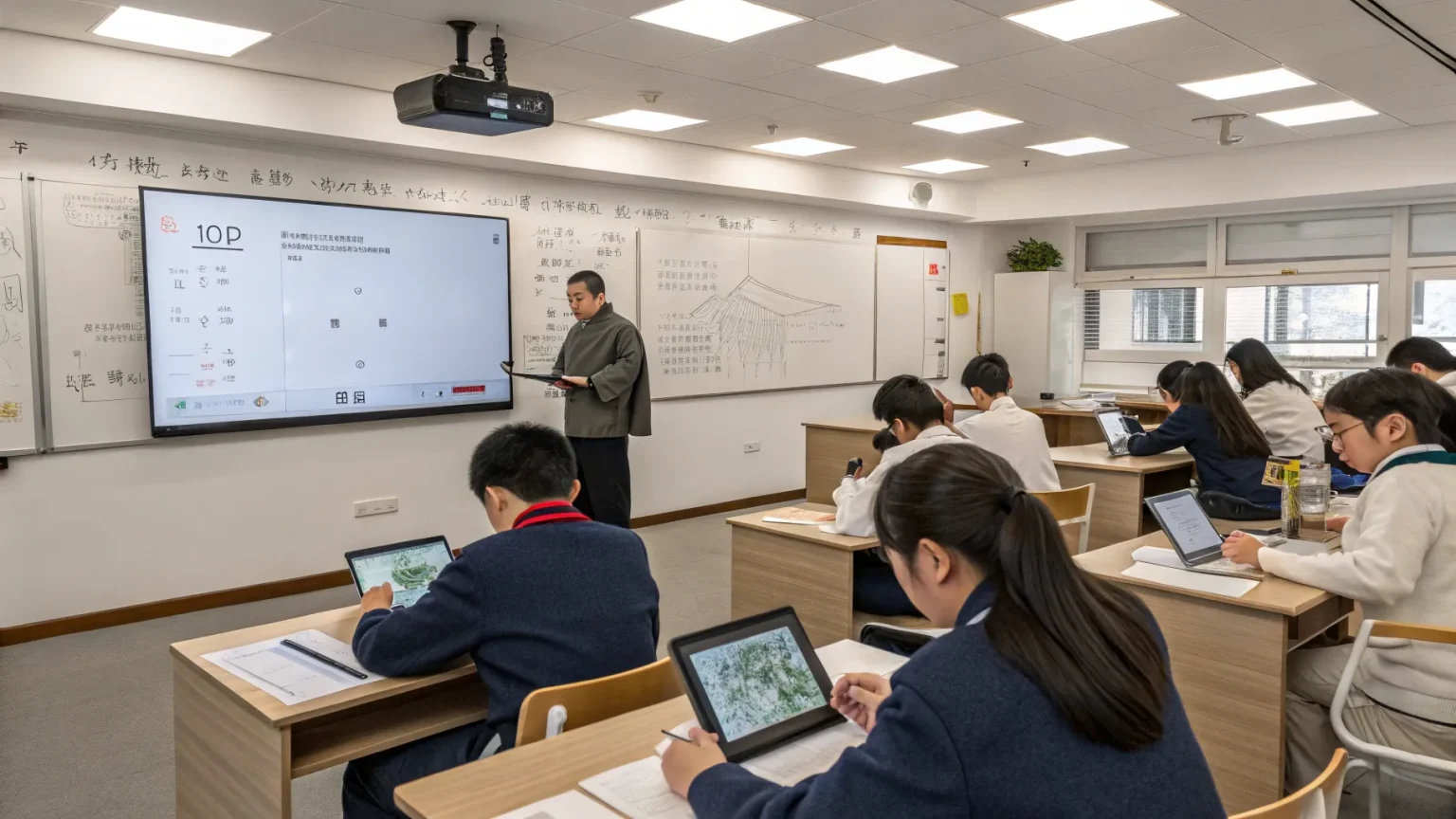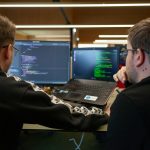The traditional classroom setting, with its whiteboards and human instructors, faces an uncertain future as educational technology continues to advance. This blend of analog tools and in-person teaching methods represents a distinctive educational approach that may soon become less common.
Educational institutions worldwide are experiencing a transition period where traditional teaching methods coexist with digital alternatives. The familiar sight of instructors writing on whiteboards while engaging directly with students creates a learning environment that has defined formal education for generations.
The Changing Face of Education
As digital learning platforms and artificial intelligence tools gain traction in educational settings, the role of physical classrooms is evolving. The combination of whiteboards and human teachers—once the standard for knowledge transfer—is increasingly supplemented or replaced by virtual alternatives.
Educational technology experts note that this shift represents more than just a change in tools. It signals a fundamental transformation in how information is shared and how students engage with educational content.
“The physical classroom creates a social learning environment that’s difficult to replicate digitally,” explains Dr. Maria Chen, an education researcher. “When teachers write on whiteboards and interact with students in real-time, they can adjust their approach based on non-verbal cues and immediate feedback.”
The Value of Physical Learning Spaces
The current educational landscape still values in-person instruction for several reasons:
- Immediate feedback between students and teachers
- Social learning opportunities through peer interaction
- Development of communication skills through face-to-face discussion
- Accessibility for students without reliable technology at home
Research suggests that physical classrooms provide benefits beyond content delivery. They serve as spaces for developing social skills, building community, and fostering relationships that contribute to student success.
Digital Transformation in Education
Despite the advantages of traditional classrooms, digital learning continues to gain momentum. Virtual learning environments offer flexibility, personalized learning paths, and access to educational resources regardless of geographic location.
The COVID-19 pandemic accelerated this transition, forcing educational institutions to implement remote learning solutions. Many schools discovered that certain aspects of digital education improved accessibility and offered new teaching opportunities.
“We’re not suggesting that technology should replace teachers,” says education technology specialist James Wilson. “Rather, we’re exploring how digital tools can enhance what teachers do best—connecting with students and guiding their learning journey.”
This balance between traditional and digital approaches represents the current state of education—a hybrid model that attempts to capture the benefits of both worlds.
Looking Forward
As artificial intelligence and virtual reality technologies advance, the educational landscape will likely continue to evolve. The familiar scene of teachers at whiteboards may become less common, replaced by more technologically integrated learning experiences.
Educational institutions face the challenge of preserving the valuable aspects of human-led instruction while embracing the advantages of digital innovation. This balancing act will shape how future generations learn and how teachers adapt their methods to changing circumstances.
For now, the combination of whiteboards and human teachers remains an important part of the educational experience—one that many educators and students continue to value despite the digital alternatives available.
As this transition continues, educational stakeholders must carefully consider which elements of traditional teaching should be preserved and which can be enhanced or replaced by technology. The goal remains the same: creating effective learning environments that prepare students for success in an increasingly digital world.







